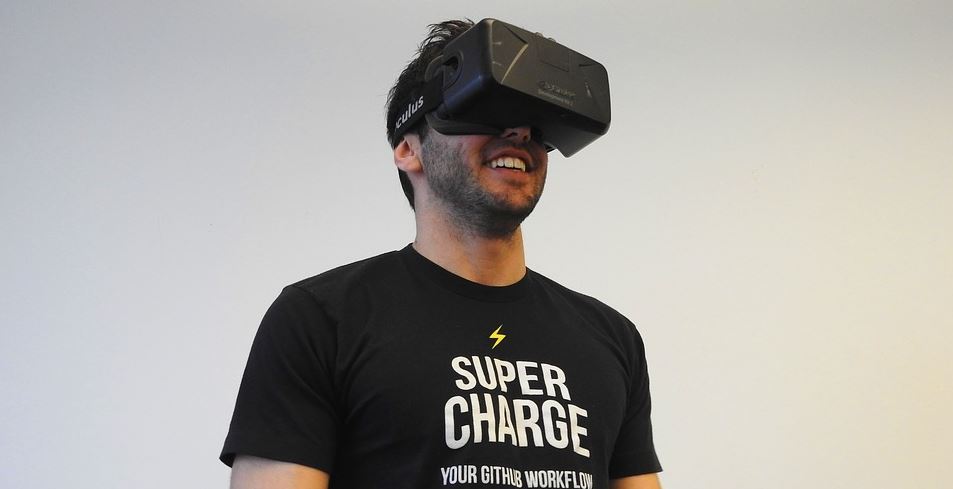Eyewear has changed a lot over the years, but we are now in a high-tech age where products are becoming closer to what we would have considered science fiction only ten years ago. Options for eyewear have gone far beyond choosing the right frame and whether or not to get photo-sensitive lenses. Over the next five years, we’ll see more products like the following, much closer to gadgets than traditional concepts in eyeglasses.
Free-form Lenses
High-definition TV was a huge improvement over analog screens. Now the same upgrade is available for your eyes. This comes in the form of so-called “free form” lenses that utilize computer-aided design and manufacture techniques to efficiently create HiDef lenses customized to your prescription and choice of frames. Precise surfacing techniques now provide higher resolutions that can reduce glare and improve colors.
Virtual Reality Prescriptions
We’re all familiar now with VR glasses that can serve up computer-generated images. Widely known as gaming devices, they also have a variety of other uses such as training, or a virtual tour of the Louvre museum. The problem for the vision-impaired has always been that these VR products don’t fit comfortably over eyeglasses, if at all. Now, however, manufacturers are providing lens covers which allow for prescription lenses to be inserted. As VR slowly grows in usage, even the visually-challenged will have no trouble seeing their alternate world.
Smart Glasses
Smart glasses are eyewear that add digital information to what you see on the lenses. This is usually done through projecting images onto the lenses, and often includes Wi-Fi Internet connection. While this can be a handy feature for hands-free information when shopping or navigating, they don’t do much for poor vision—until now. A company called eSight is making these electronic glasses no bulkier than wrap-around sunglasses that include high resolution digital cameras that can magnify what the user sees, at distances from less than a foot to hundreds of yards away.
Consumers seem to be slow to adopt these devices, perhaps because of the inconvenience. You don’t want to drive while comparing furniture prices, or walk around the house while immersed in a virtual reality. But there are obvious benefits here that will only improve and become more compact over the next few years. Contact an eye clinic like Identity Optical if you have any questions about the safety of these devices or your own eyes’ reaction to them. As time goes on, we’ll even see a convergence of these technologies, and glasses that provide advantages far beyond anything 20-20 vision can provide.

